Written by Millie Mannering

During my year, I have trained to conduct decompression dives on a closed circuit rebreather (CCR) and I want to see the application of this technology in the field. I have witnessed rebreathers being used as a tool to communicate the marine ecosystem through photography, videography and filmmaking. However, there is one team who have inspired me through their use of rebreathers as essential equipment in scientific exploration. I had the opportunity to travel to the Caribbean to join their team and was very, very excited!
Millie Mannering with Jacques Cousteau in Guadeloupe! Photo: Myrina Boulais
Under The Pole combines scientific research and innovation with technical diving expeditions in extreme environments. I joined the team onboard the yacht, WHY, for their mission in Guadeloupe to investigate the unexplored ecosystems in the mesophotic zone. Described by scientific director, Lorenzo Bramanti, as ‘marine animal forests’, the teamed deploy instruments, conduct surveys and collect data to gain an understanding on how these ecosystems function. I rotated around various roles onboard Why, learning about the safety, preparation, scientific, communication and team aspects necessary to undertake the mission.


Enjoying the sites of the reef using a diver propulsion vehicle (underwater scooter)! Photos: Clemént Madelaine, Millie Mannering
I found it deeply inspiring to see how technology like closed circuit rebreather can be used as a tool to access these remote, deep ecosystems which we know little about. Nearly 90% of our oceans remain unexplored. My time with Under The Pole highlighted how necessary it is to explore the unknown parts of our underwater world and how through utilising technology and training we can investigate them. I learnt the complexities involved with the extensive planning, support and expertise needed for the divers to conduct 150m dives regularly. How remarkable!

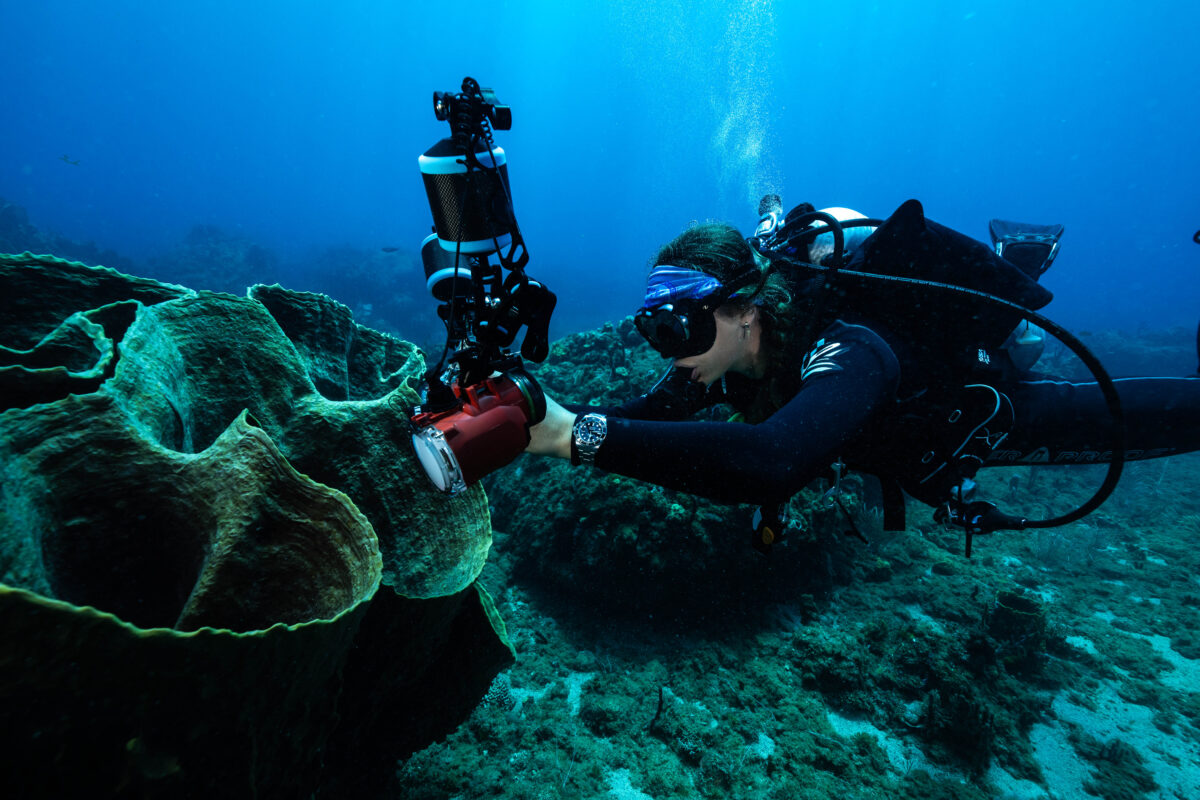
Despite not having the experience and skillset to conduct dives to 150m, I was able to join the team on their decompression stops at shallower depths. Here I enjoyed swimming with huge aggregations of fish and photographing iconic reef species. Photos: Frank Gazzola, Under The Pole
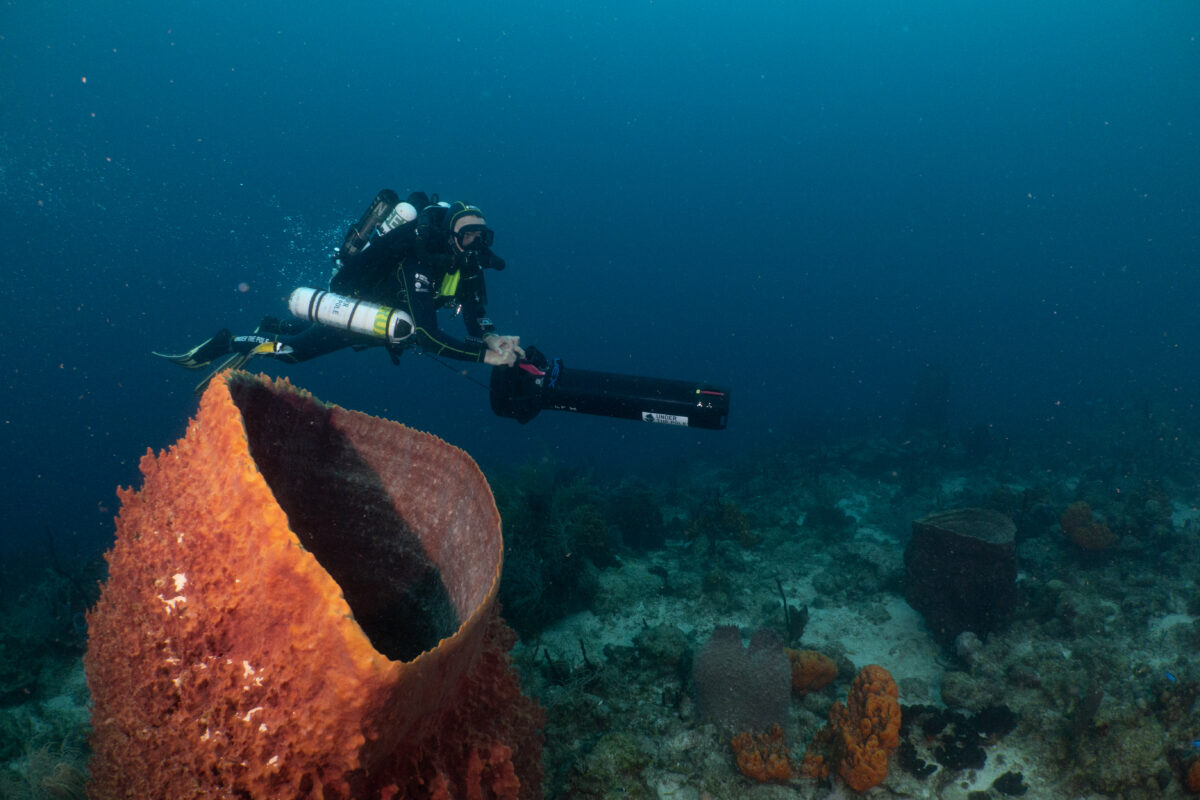
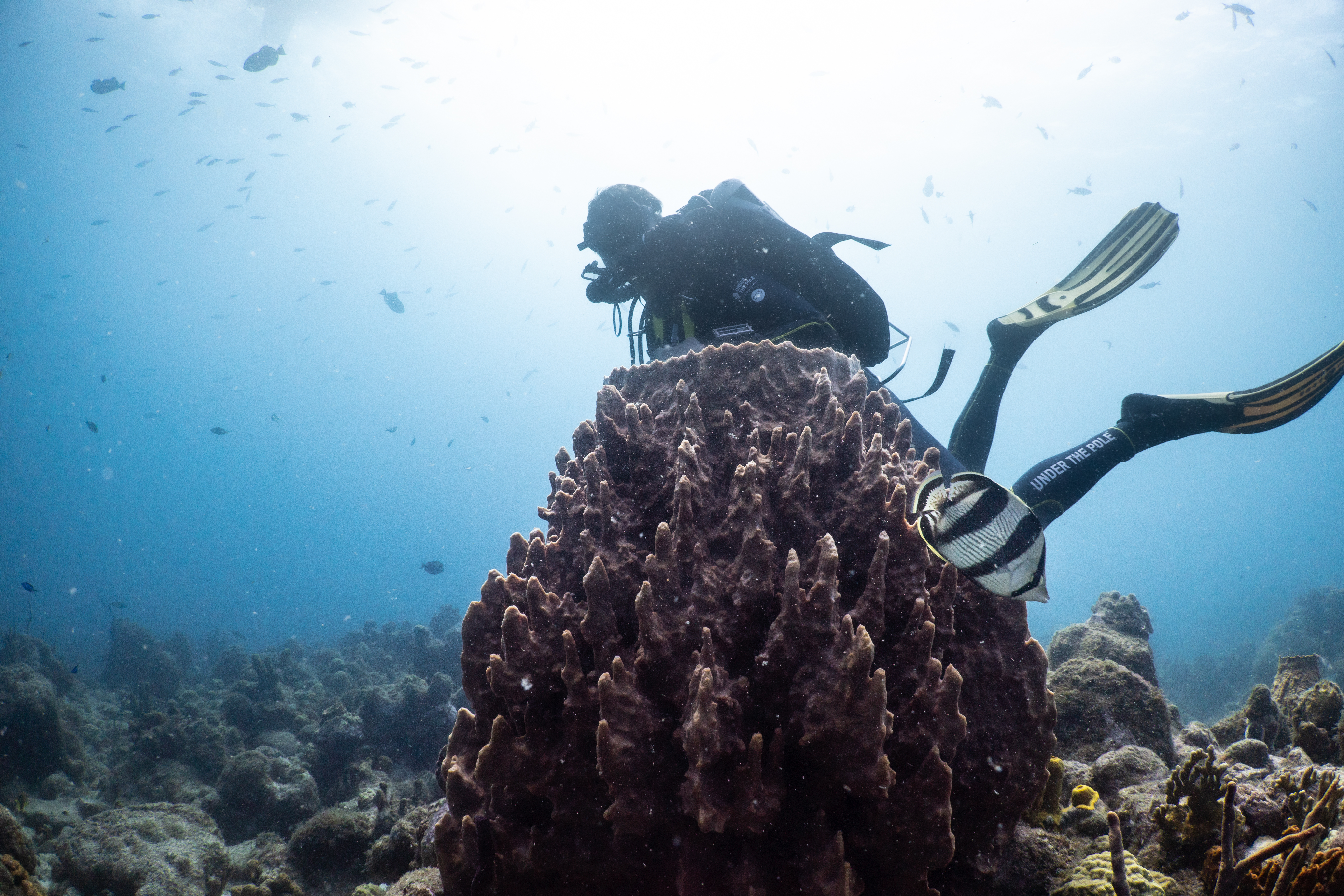
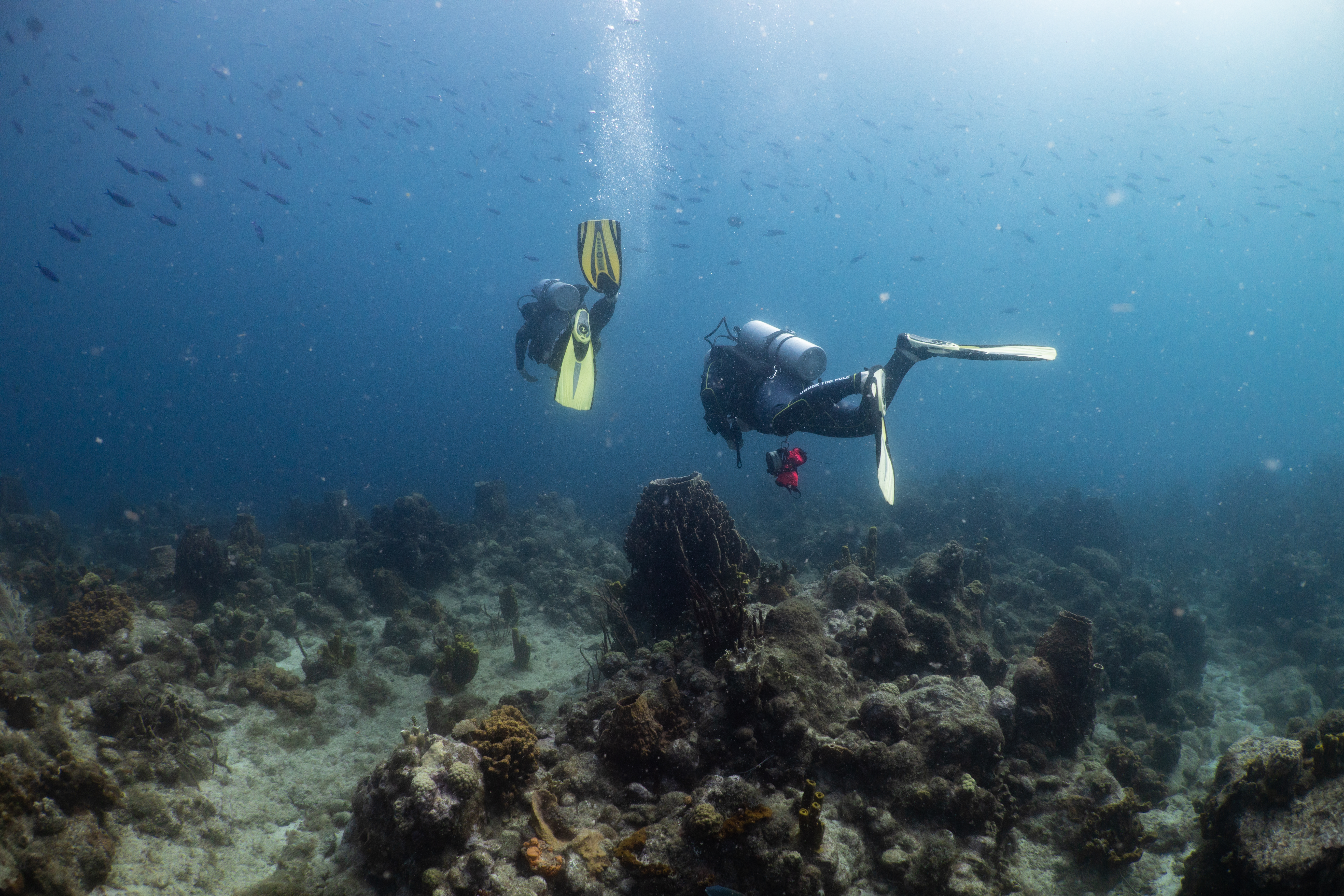
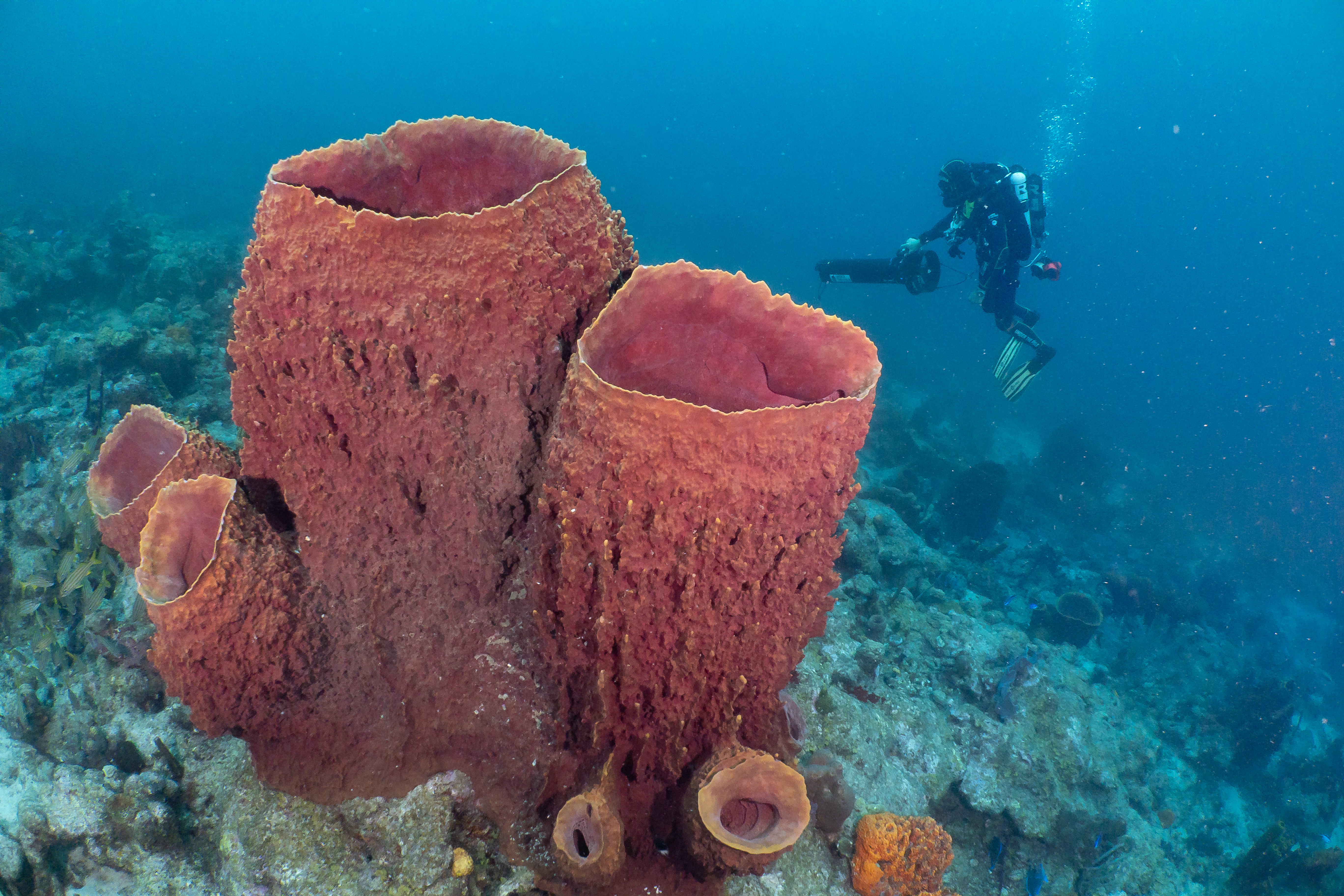
I also thoroughly enjoyed spending time in The Cousteau Reserve, a protected underwater reserve in Guadeloupe. Photos: Millie Mannering
Under The Pole have changed what I thought was possible in underwater research and exploration. I urge you to learn more about their previous missions, in which they have conducted research in extreme environments throughout the tropics and polar regions. I admire their multi-disciplinary approach to expeditions and their motivation to build a diverse team comprised of sailors, divers, scientists, artists, photographers and doctors. Under The Pole missions, such as crossing the Arctic as well as Deep Life – Svalbard Expedition, involve an innovative approach to exploring, studying and raising awareness to ecosystems which are little-known.

Photo: Millie Mannering
Thank you to Under The Pole for welcoming me onboard Why and allowing me to join the crew. The time I have spent with you all has inspired me deeply and has been very impactful. Thank you for the crêpes, coconuts and all the many laughs!!
Thanks again to the countless legendary people who continue to support me throughout the scholarship year. Thank you to the Our World Underwater Scholarship Society and Rolex for making the scholarship possible. I would also like to thank my equipment sponsors Reef Photo and Video, Nauticam and Light and Motion as well as TUSA, Waterproof, Tabata Australia and Suunto.
Trip Tune: Le chasseur – Michel Delpech
Top Tip: Coconuts are everywhere in Guadeloupe and are nutritious and delicious!
Join me, above and beneath the surface, on my adventures throughout the scholarship year. Subscribe to my blogs, follow along on Instagram, Facebook or flick me an email!
Next up – my final scholarship experience will take me to an island in the South Atlantic …